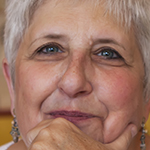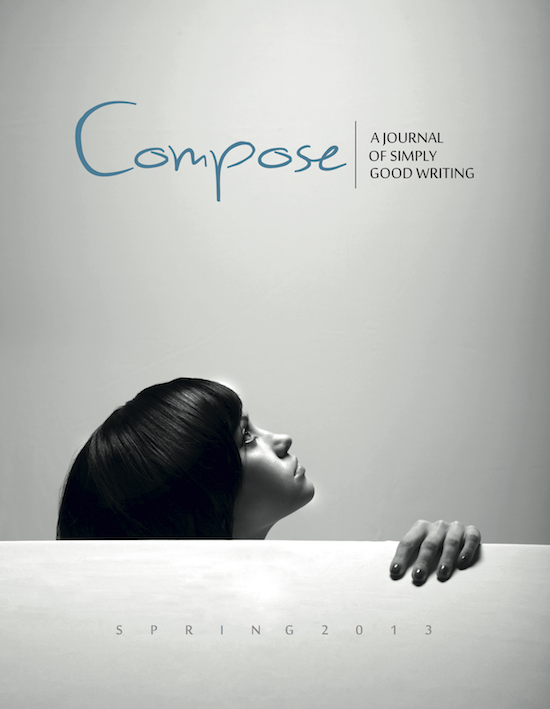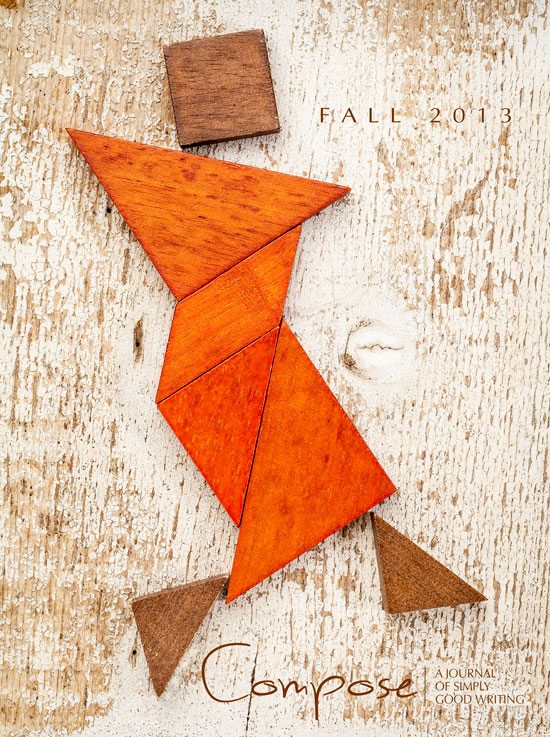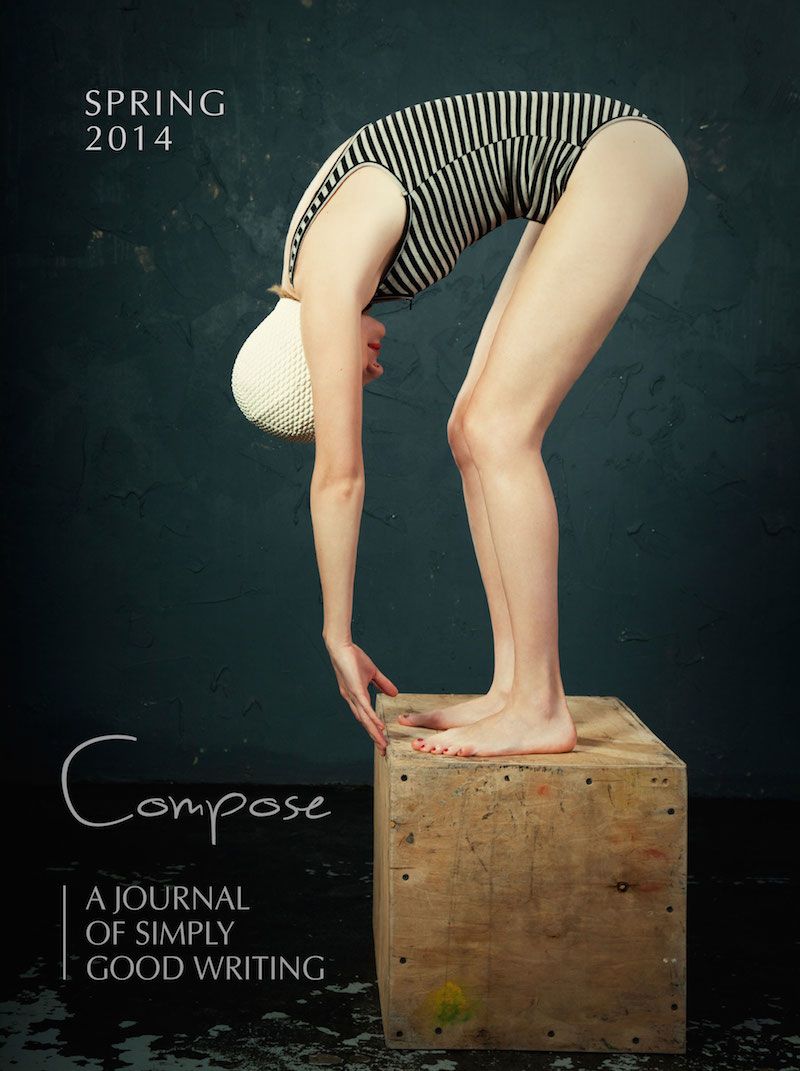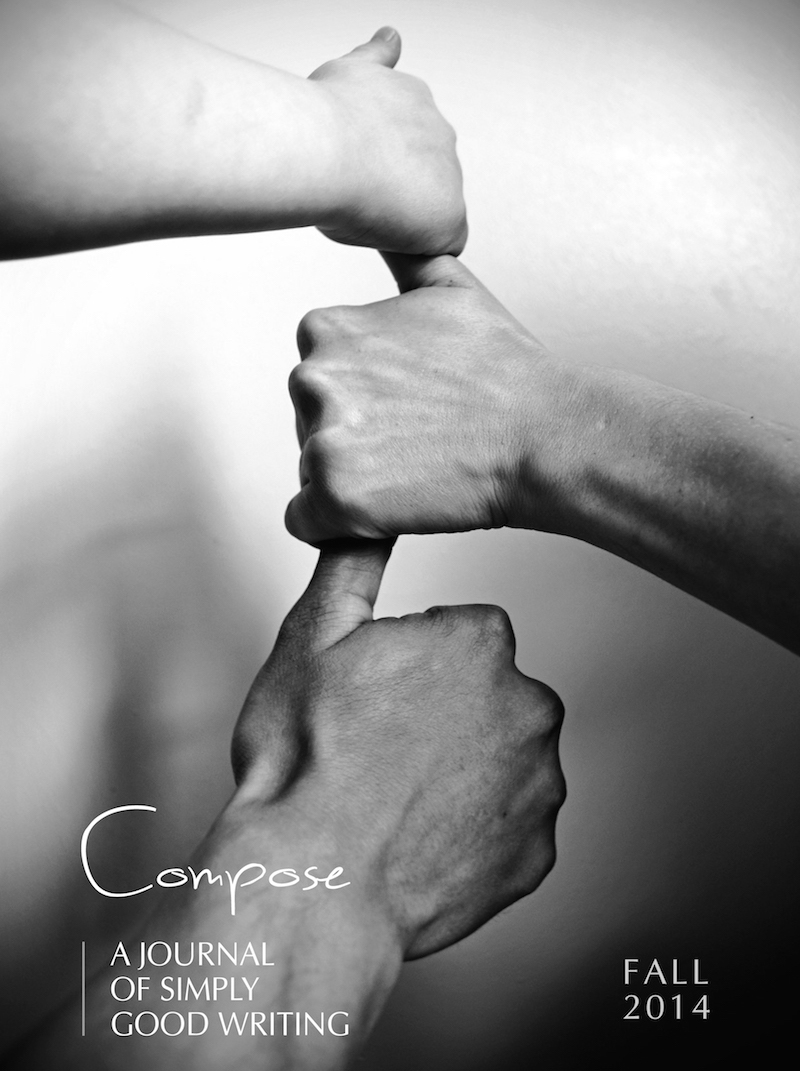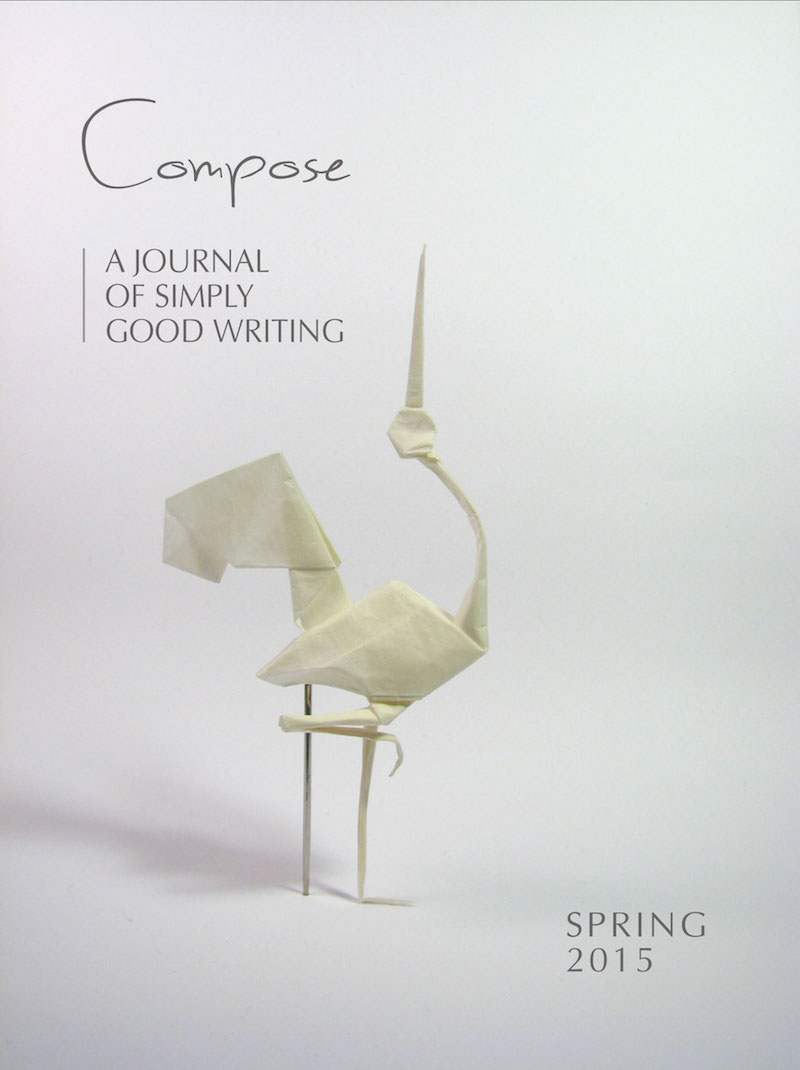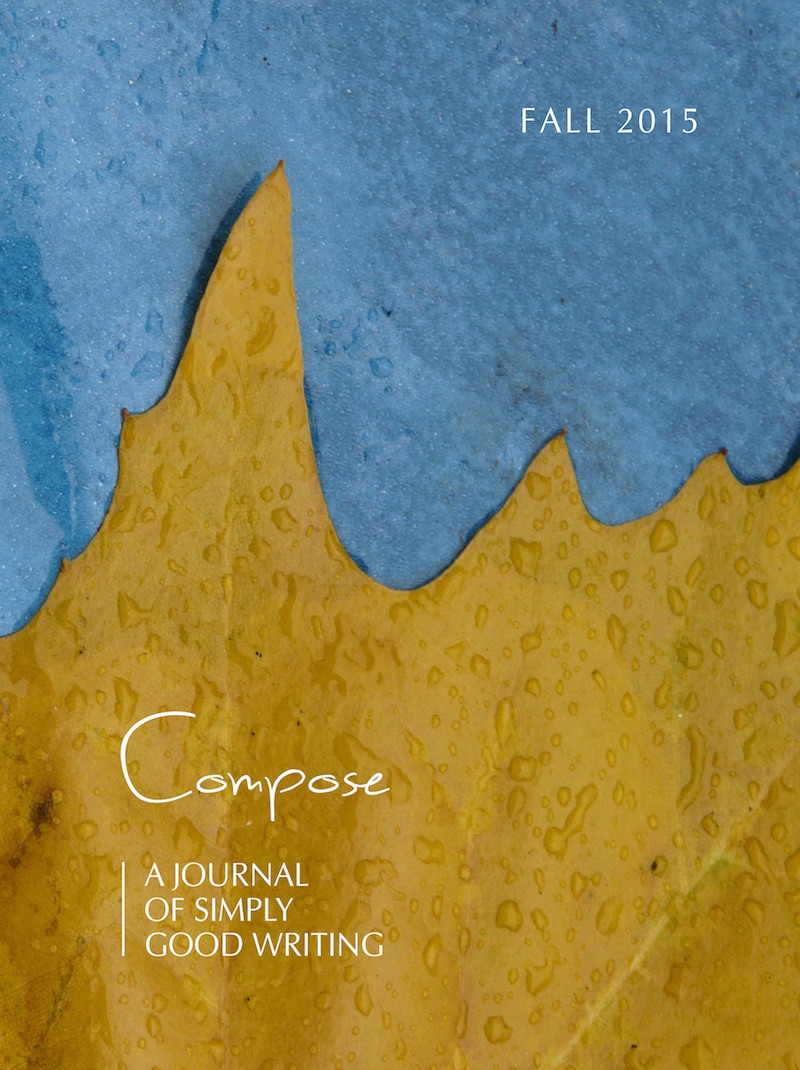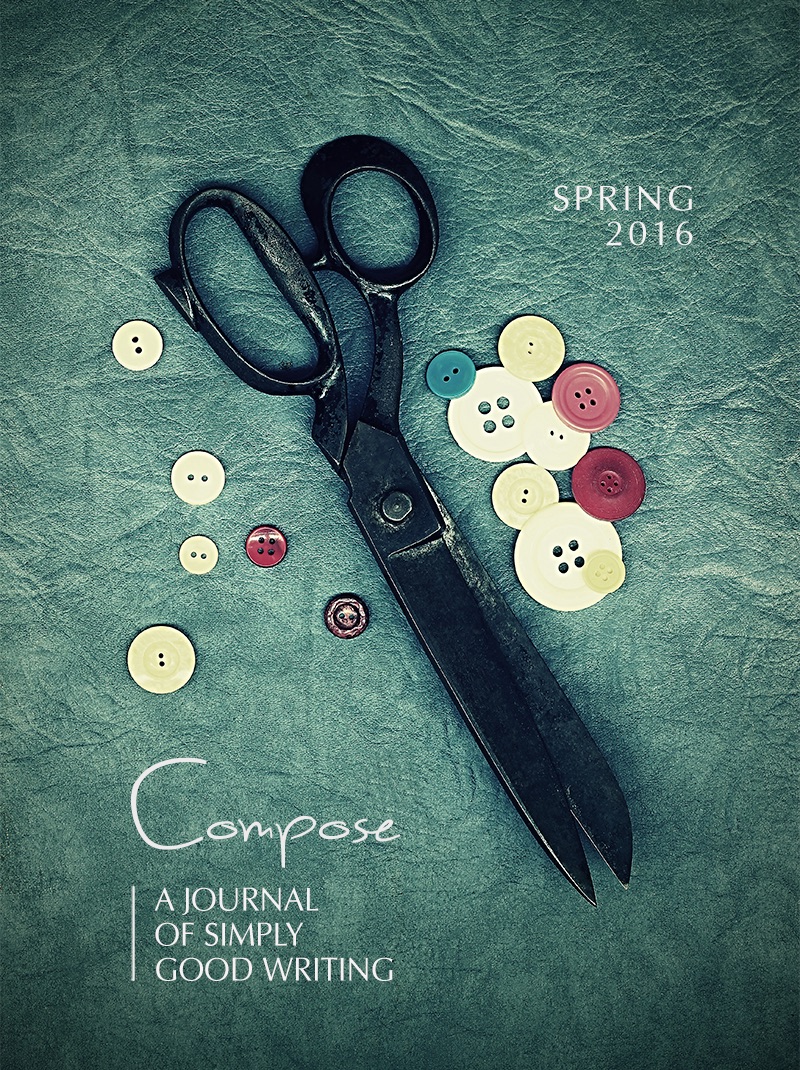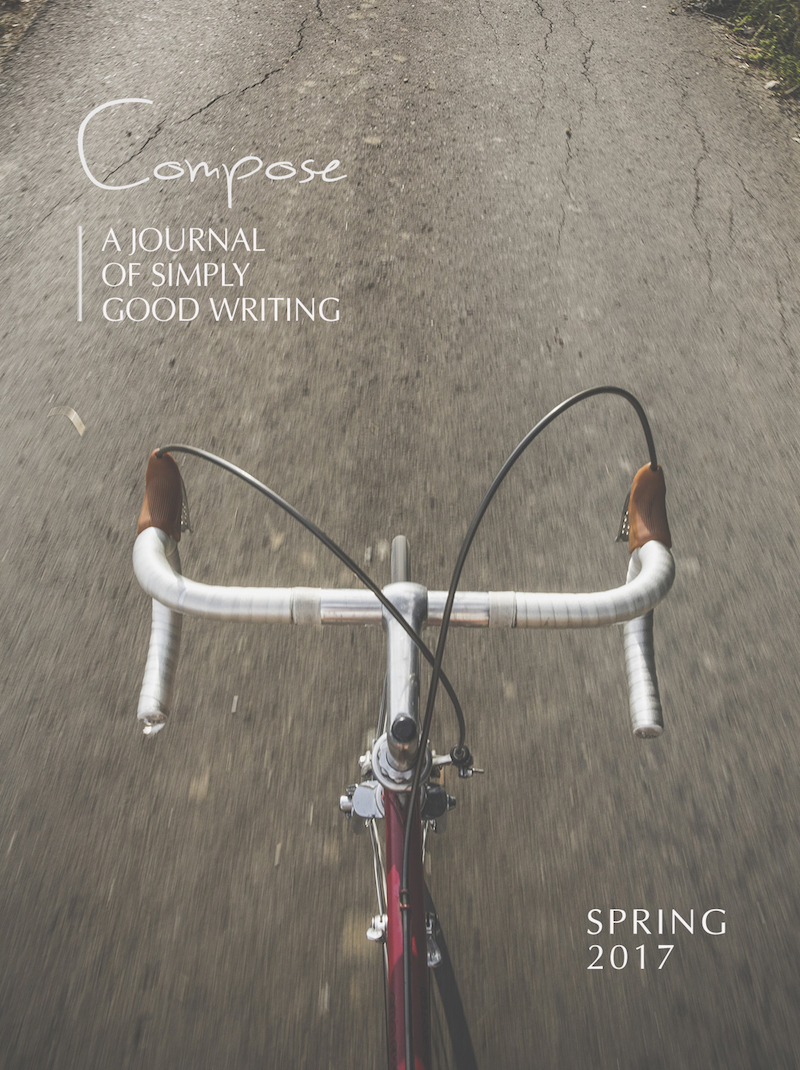Hungry for Goodness
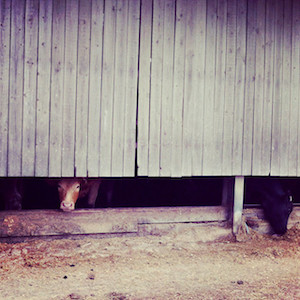
The coyotes were out last night, howling, yipping, celebrating a kill on the hillside just beyond our fence row. I lay in bed listening, wondering what animal they chased down, hoping our two barn cats were safe.
Before moving to the country I lived in a fourth floor walk-up in Manhattan. There the night sounded different. After a 36-hour shift at the hospital, I was lulled to sleep by the white noise of police sirens, honking car alarms, and drunken passersby. I was a resident in clinical pastoral care at Columbia-Presbyterian Medical Center, in Spanish Harlem, at the height of the 80’s drug wars.
In the emergency room, men in their early twenties, handsome, buff, were pronounced dead of multiple gunshot wounds. I witnessed death by overdose, by cardiac arrest, stabbing, and suicide. A boy no older than twelve, carrying his younger sister in his arms, whispered as he entered the ER, “She’s shot.” A woman, holding her hemorrhaging hand aloft, screamed, “He had a machete! He had a machete!”
I accompanied family to the basement morgue, helped mothers explain to their children why Papi wasn’t coming home, participated in end-of-life conversations. I anointed and prayed with patients before surgery, met weekly with an HIV/AIDS support group.
At the end of my residency, I considered moving home to Ohio, and joked with the other residents that I wanted to find a hardworking man to marry, someone who would ask “How was your day?” as he washed the dirt off his hands. I was hungry for goodness. My Bishop had something else in mind. He appointed me pastor of two small churches in rural New Jersey.
Outside the city, my hypervigilance was glaring. I was the only one who locked her car doors in the church parking lot and at the grocery. I was easily startled, by a vehicle’s backfire, by someone approaching me from behind, or touching me. The silence outside my bedroom window frightened me.
One day I glimpsed an EMT at work inside an ambulance as it passed by. I burst into tears. Was it post-traumatic stress disorder? The healthy release of emotions I had suppressed on the job? When a priest in the movie Born on the Fourth of July stopped to ask a dying soldier, “Is there anything I can do for you, my son?” I fled the theater and sat sobbing in a restroom stall. When Tom Hanks twirled in circles with his IV pole in Philadelphia, I was wracked with sobs.
A month into my pastorate, a family in church invited me to visit their dairy farm. There, on the edge of an oat field, I met Ed, one of three brothers who worked the farm with their father. His blond hair, T-shirt, shorts, and work boots were covered with dust and yellow bits from cutting and baling straw. He beamed while shaking my hand and offered me a ride on his tractor. It was difficult making conversation over the engine’s roar and the wind in our faces, but somehow we managed.
A week or so later I stopped by the barn to watch Ed milk cows with hipbones as high as my head, standing side by side on both sides of the middle aisle. Milking machines were click-click-clicking, pulsing milk through overhead glass pipes. A radio was turned on low. I felt the calm of a baby in a manger.
“Hello?” I spoke into the cavernous space.
Ed stepped out from between two cows. “Hi,” he said, smiling. He tossed a rag into a stainless steel bucket at his feet.
Stepping over splotches of manure, breathing through my mouth, waving away persistent flies, I approached the cow whose teats Ed had just washed before attaching the vacuum-pump milkers.
“Careful,” he said, “you might get kicked.”
He lifted a bucket of warm milk and led me to a corner of the barn, where a black-and-white calf lay tethered with a loose length of twine. The calf stood up, all wobbly legs.
“Here, you can feed him,” Ed said. “Stick your hand in the milk and hold up two fingers.”
“Does he have teeth?”
“He’s not going to bite.” The calf latched onto my upturned fingers and suckled. It was my introduction to one of the tough realities of dairy farming. A calf is separated from its mother at birth and bucket-fed the mother’s colostrum and milk to protect her teats for milk production.
On a clear, cold autumn night Ed called me, honoring his promise to let me know when a calf was being born. I drove down to the farm and found Ed and his two brothers in the open-sided pole barn. A Holstein lay on the ground. The men’s expressions, illuminated by an idling tractor’s headlights, were grim.
“What’s the matter?” I asked.
“The cow’s in distress. She should have birthed the calf by now.”
“Is there anything you can do?”
“Well,” Ed said, “we can try to line the calf up and pull it out.”
“With your hands?”
“Yes. If need be, we can wrap small chains around the calf’s front hooves and use a pipe to pull the looped chain.”
The men positioned the calf. Its hooves, glistening with fluid, protruded from the birth canal. When it was clear the exhausted cow couldn’t push the calf out on her own, they put the chains to work. These were big, healthy, strong men. They dug in their boots, grunted, and pulled. I turned my back and prayed.
Ed said, “It’s okay. You can look now.”
The men had placed the calf, partially sheathed in its amniotic sac, in front of its mother. It was fresh, pink, unresponsive to her licking.
“I’m sorry,” Ed said, wrapping his arm around my shoulders. I shed the last of my stored- up death tears.
On a bright October morning, Ed and I were married in the brick Presbyterian church that overlooks the farm. Twenty-five years later, we live on our own property in a 1940’s farmhouse. Ed has a small-engine repair business. I’ve retired from the pastorate. After having officiated at more than two-hundred fifty funeral, memorial, and graveside services, I’m at peace with the inevitability of death, including my own. We live a good life.

